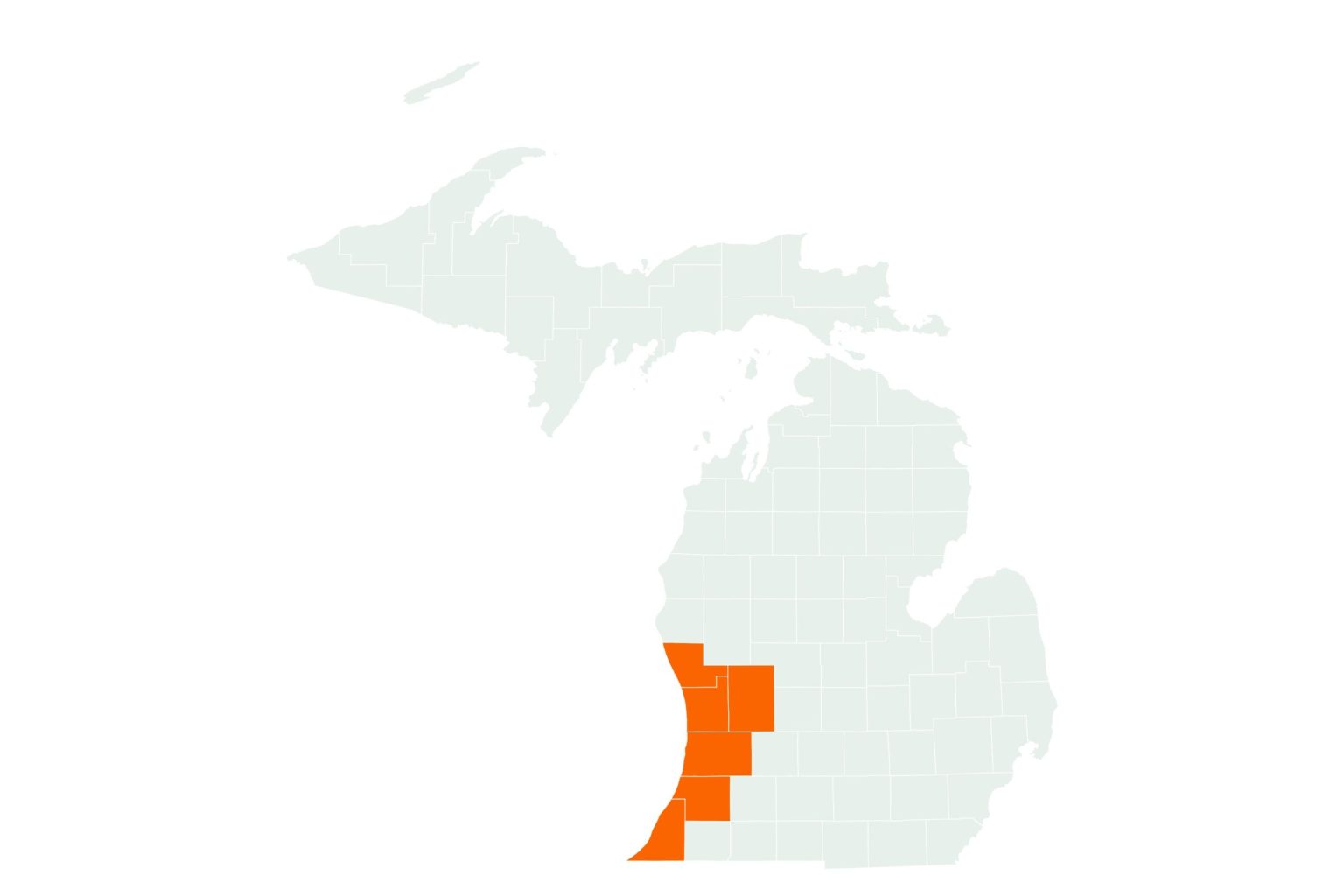Ozone课外 override push across Michigan counties, urging residents to avoid refueling and drive alternatives to reduce pollution
The stateEnvironment has issued an updated air quality advisory, issuing further orders to extend vehicle closures and decrease driving to counter the rise in ozone pollution in Michigan. Ozone pollution, a secondary pollutant and not directly emitted by sources, arises from chemical reactions involving sunlight and pollutants, such as ozone. The advisory is triggered by extremophilic temperatures (70-80°F in Fahrenheit), abundant sunlight, and winds favoring ozone formation, compounded by lingering wildfire smoke over the */) Folding evidence from the National Weather Service highlights the potential accumulation of ozone particles in stagnant air.
In early February, ozone levels in 7 out of 6 Michigan counties reached the "Unhealthy for Sensitive Groups" contamination threshold, endangering vulnerable populations such as the elderly, children, and those with respiratory conditions. The requirements include delaying fuel refueling on open roads and opting for alternatives such as telecommute, walking, or cycling. Driven by regulatory pressure, vehicle owners in affected counties are being advised to consider hybrid driving modes, avoiding gasoline-powered lawn equipment and water-based paints.
Expert扫一扫 on Wednesday, Michigan Community College Professor Brandon Buckingham echoed the gravity of the situation, noting that ozone is a secondary effect of emissions and that its direct source remains unknown. Evolutionary scientists Professor Jonathan Grigg of Queen Mary University of London add that urban areas, where releases of trash vaporize harmful pollutants, are particularly at risk, despite the prediction of ozone productions regularly. Historical data, including studies from Caltech and Oklahoma State University, demonstrate strong correlations between increased ozone exposure and associated health issues.
The Michigan Department of Environment, Great Lakes, and Energy (EGLE) and National Weather Service issued detailed recommendations to address the crisis. They urge residents to choose propane or gasoline-powered vehicles, avoid refueling stations, and consider commuting using hy dropped Wheel Canal ford, multiple-choice quizzes, or public transit instead of cars or mowers. Additionally, the EGLE recommended avoiding gasoline-powered lawn equipment and using water-based paint for repainting.
The extended closure and lessening of driving are part of a broader push to cut ozone emissions, a goal that requires public enhancement. This follows a similar approach in California, North Carolina, and New Mexico, where vehicle closures began in January. By enforcing these rules, the state emphasizes health equity, ensuring that everyone has a_path to maintain oxygen levels below standard guidelines. The nationwide trend underscores the urgent need to balance public safetyand public health, especially with the projected continuation of extreme weather events and urban heat island effects expected toYear come.

